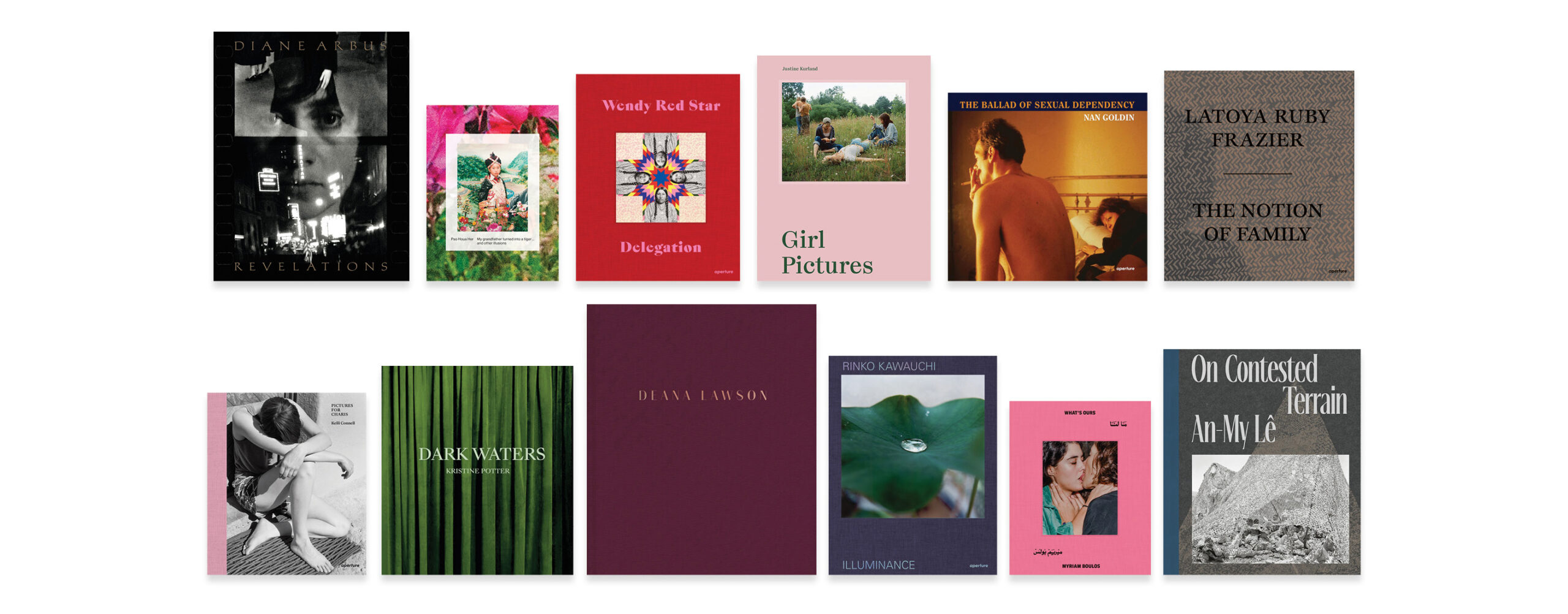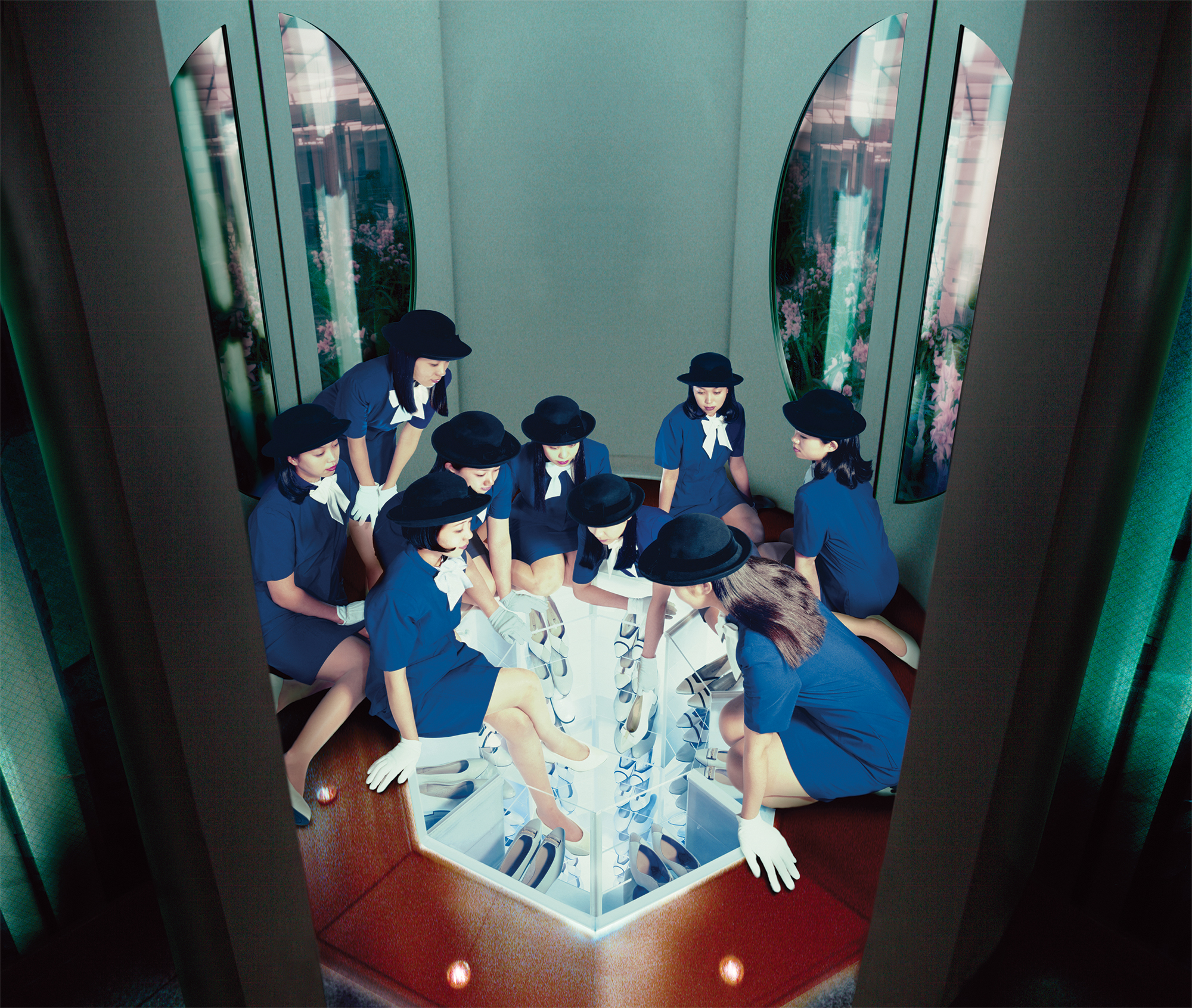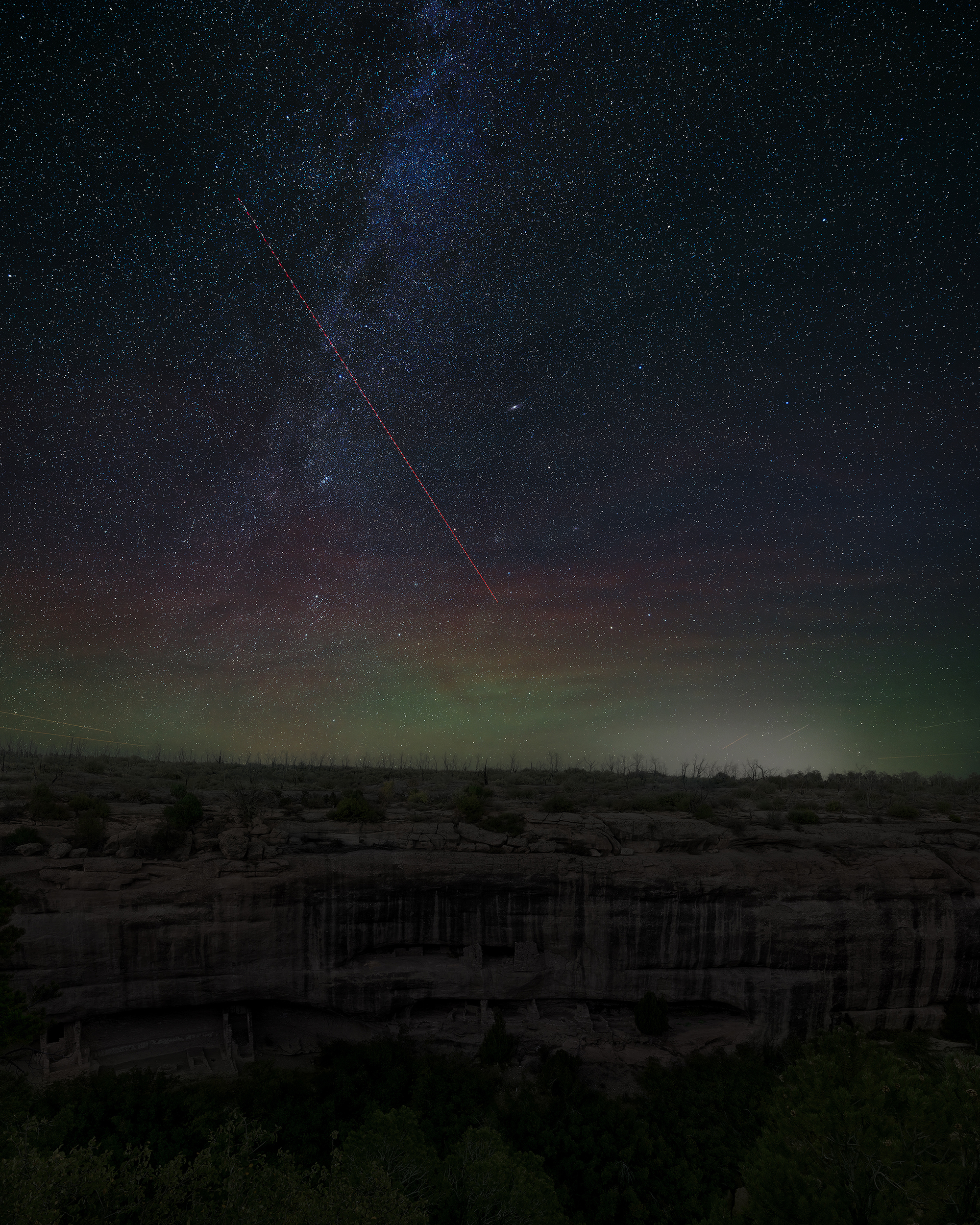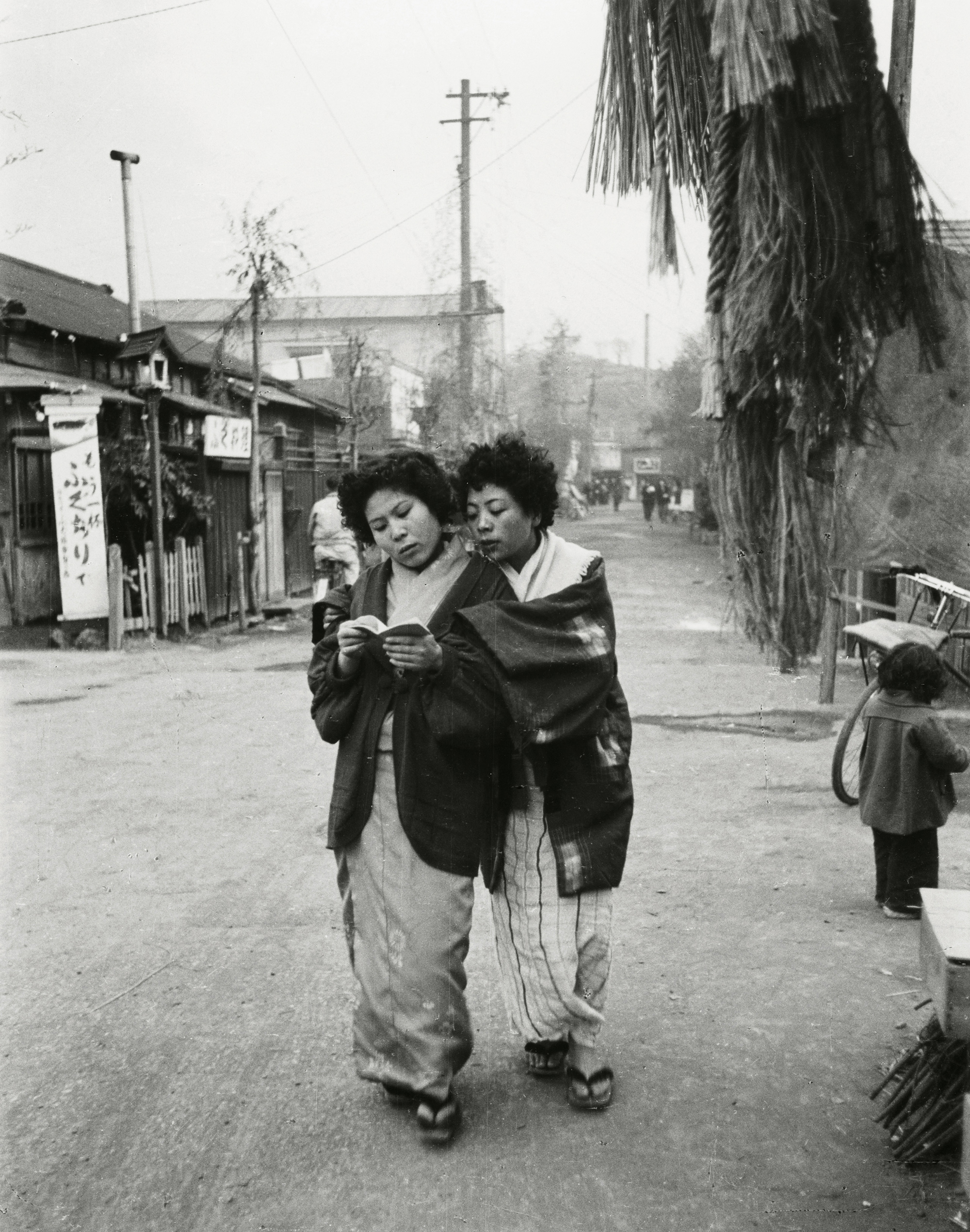Featured
12 Essential Photobooks by Women Photographers
From Wendy Red Star’s feminist, Indigenous perspectives to Kelli Connell’s reconsideration of Edward Weston, here are must-read titles that chronicle the impact of women artists.

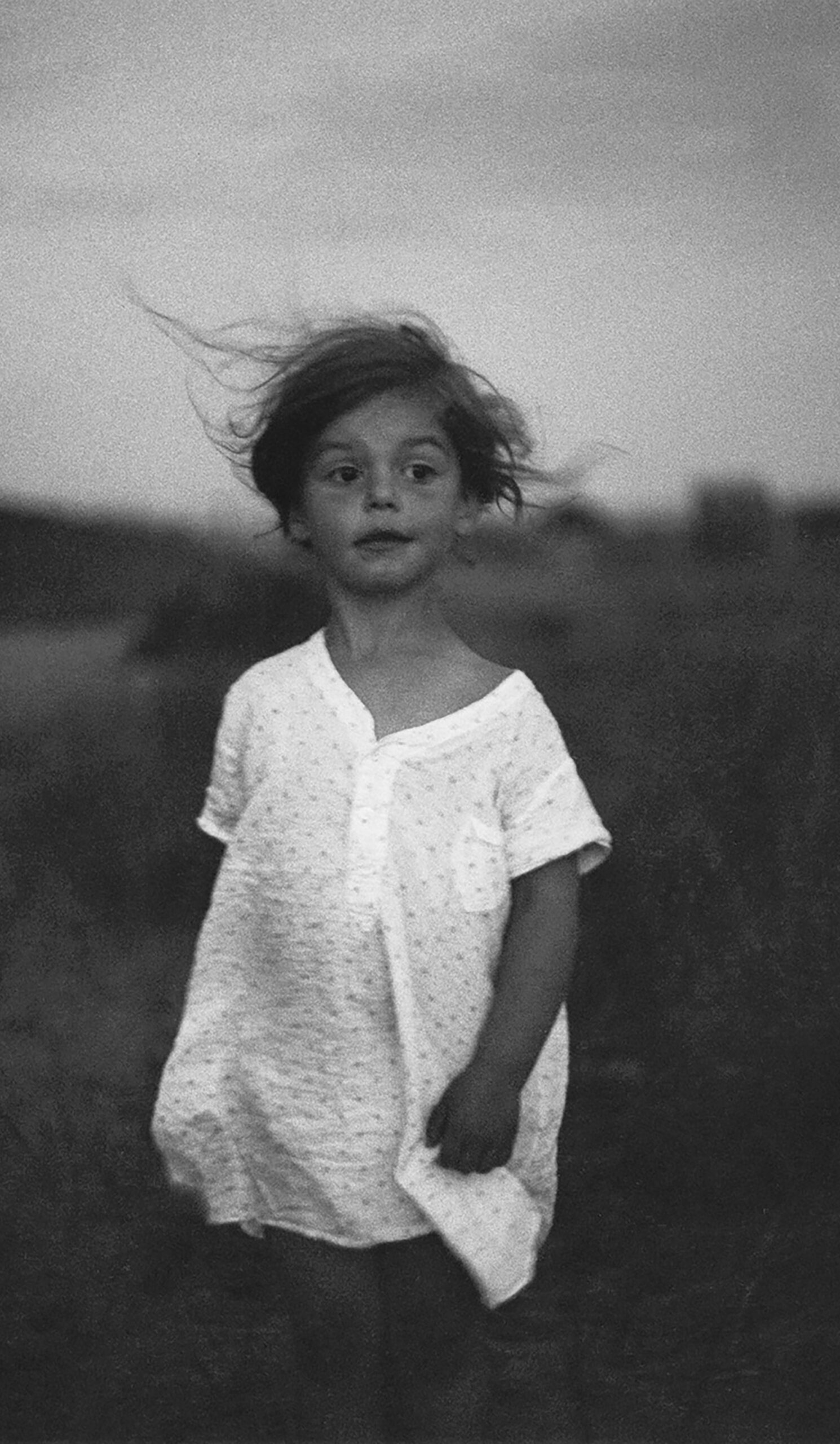
© The Estate of Diane Arbus
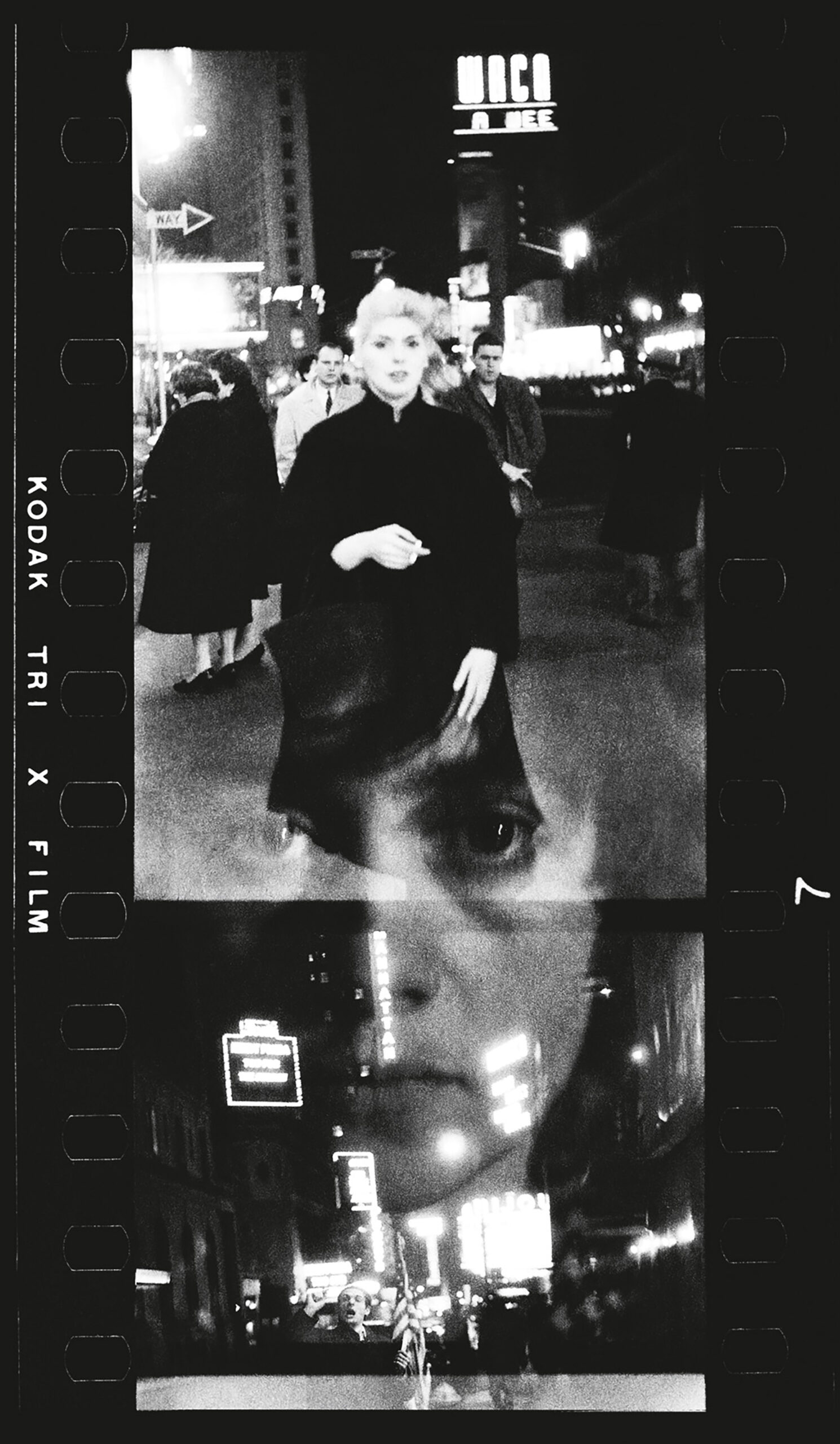
Diane Arbus Revelations (2022)
One of the best-known image makers of her generation, Diane Arbus was already a legend in the photography community when she died at the age of forty-eight, in 1971. Despite her significant influence, only a relatively small number of her pictures were widely known at the time. Diane Arbus Revelations was released on the fiftieth anniversary of Arbus’s posthumous 1972 retrospective at the Museum of Modern Art, New York, and the simultaneous publication of Diane Arbus: An Aperture Monograph.
Arbus’s frank treatment of her subjects and faith in the intrinsic power of the medium have resulted in photographs that are often shocking in their purity and steadfast celebration of things as they are. Revelations explores the origins, scope, and aspirations of Arbus’s wholly original vision. Featuring two hundred full-page duotones of Arbus’s photographs spanning her entire career, the volume presents many of her lesser-known or previously unpublished photographs in the context of the iconic images—revealing a subtle yet persistent view of the world.
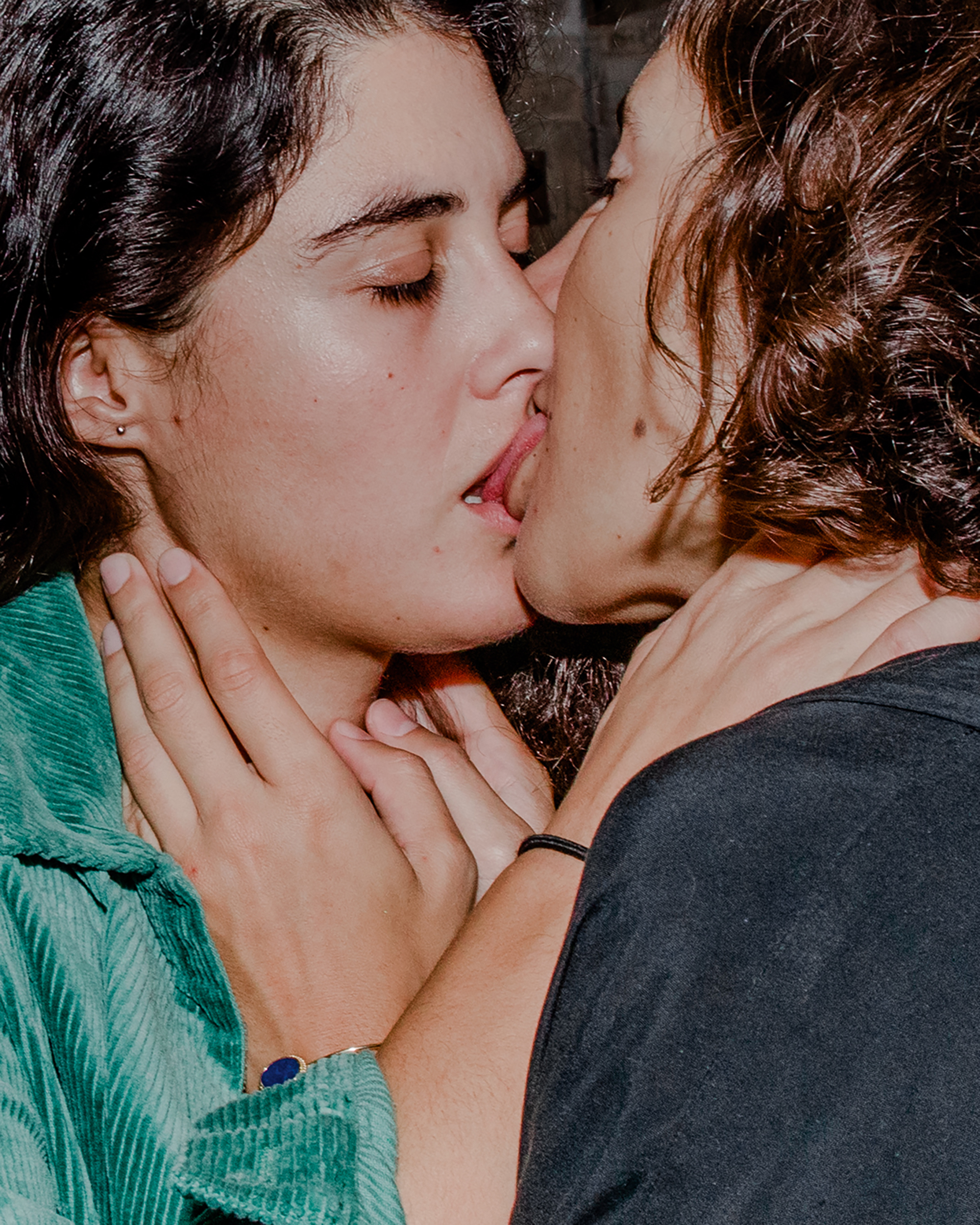
Courtesy the artist
Myriam Boulos: What’s Ours (2023)
In her searing, diaristic account of a city and society in revolution, Myriam Boulos creates an intimate portrait of youth, queerness, and protest. What’s Ours, her debut monograph, brings together over a decade of images, casting a determined eye on the revolution that began in Lebanon in 2019 with protests against government corruption and austerity through to the aftermath of the devastating Beirut port explosion of August 2020.
Photographing her friends and family with energy and intimacy, Boulos portrays the body in public space as a powerful symbol of vulnerability and resistance against neglect and violence. “Boulos’s lens inspires and entices her subjects,” writes Mona Eltahawy in an accompanying essay. “They know they have an ally, a secret sharer in their intimacy who then shares them with the rest of us.”
Collect a special signed book and print bundle of Myriam Boulos: What’s Ours.

Courtesy the artist
Kelli Connell: Pictures for Charis (2024)
In Pictures for Charis, Kelli Connell takes inspiration from the life of Charis Wilson and her collaborations with Edward Weston through the contemporary lens of a queer woman artist. Throughout the 1930s and ’40s, Wilson was Weston’s partner, model, and collaborator, working with the photographer on some of his most iconic images.
Connell focuses on Wilson and Weston’s shared legacy, traveling with her own partner, Betsy Odom, to locations in the western United States where the latter couple made photographs together more than eighty years ago. In chasing Wilson’s ghost, Connell tells her own story, finding a new kinship with the collaborative duo as she navigates a cultural landscape that has changed, yet remains mired in the same mythologies about nature, the artist, desire, and inspiration. Bringing together photographs and writing by Connell alongside Weston’s classic figure studies and landscapes, Pictures for Charis raises vital questions about photography, gender, and portraiture in the twenty-first century.
Collect Kelli Connell’s limited-edition print Doorway II, 2015 from Pictures for Charis.
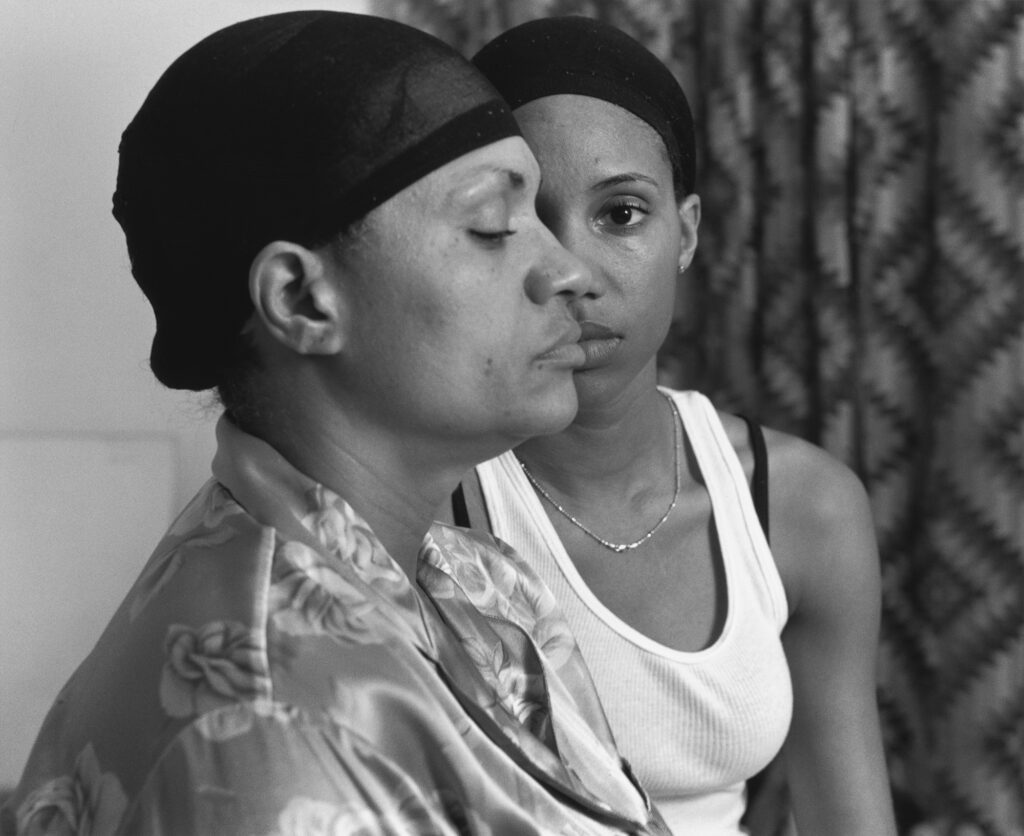
Courtesy the artist
LaToya Ruby Frazier: The Notion of Family (2014)
LaToya Ruby Frazier’s award-winning first photobook, The Notion of Family, offers an incisive exploration of the legacies of racism and economic decline in America’s small towns, as embodied by her hometown of Braddock, Pennsylvania. Examining this impact throughout the community and her own family, Frazier intervenes in the histories and narratives of the region. Setting the story across three generations—her grandma Ruby, her mother, and herself—Frazier’s statement becomes both personal and political.
In The Notion of Family Frazier acknowledges and expands on the traditions of classic black-and-white documentary photography, enlisting the participation of her family, her mother in particular. In creating these collaborative works, Frazier reinforces the idea of art and image making as transformative, and a means of resetting traditional power dynamics and narratives—both those of her family and of the community at large.
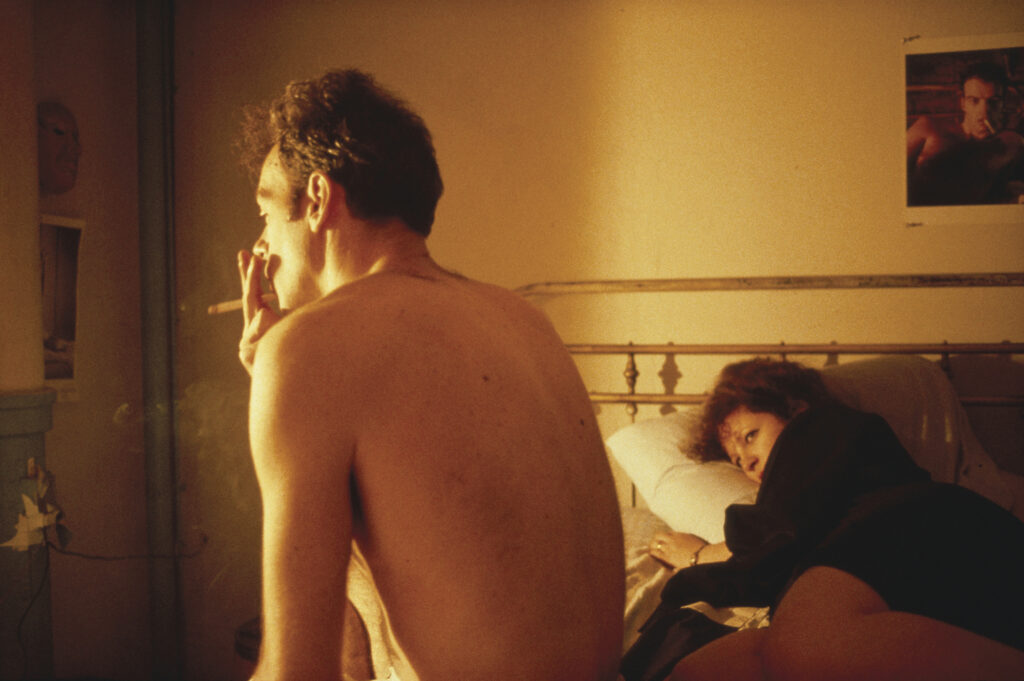
Courtesy the artist
Nan Goldin: The Ballad of Sexual Dependency (2021 Edition)
Nan Goldin’s iconic visual diary The Ballad of Sexual Dependency chronicles the struggle for intimacy and understanding between her friends, family, and lovers in the 1970s and ’80s. Goldin’s candid, visceral photographs captured a world seething with life—and challenged censorship, disrupted gender stereotypes, and brought crucial visibility and awareness to the AIDS crisis.
First published by Aperture in 1986, The Ballad continues to exert a major influence on photography and other aesthetic realms, its status as a contemporary classic firmly established. As Goldin reflects in an updated afterword from Aperture’s 2021 edition: “I took the pictures in this book so that nostalgia could never color my past. I wanted to make a record of my life that nobody could revise.”
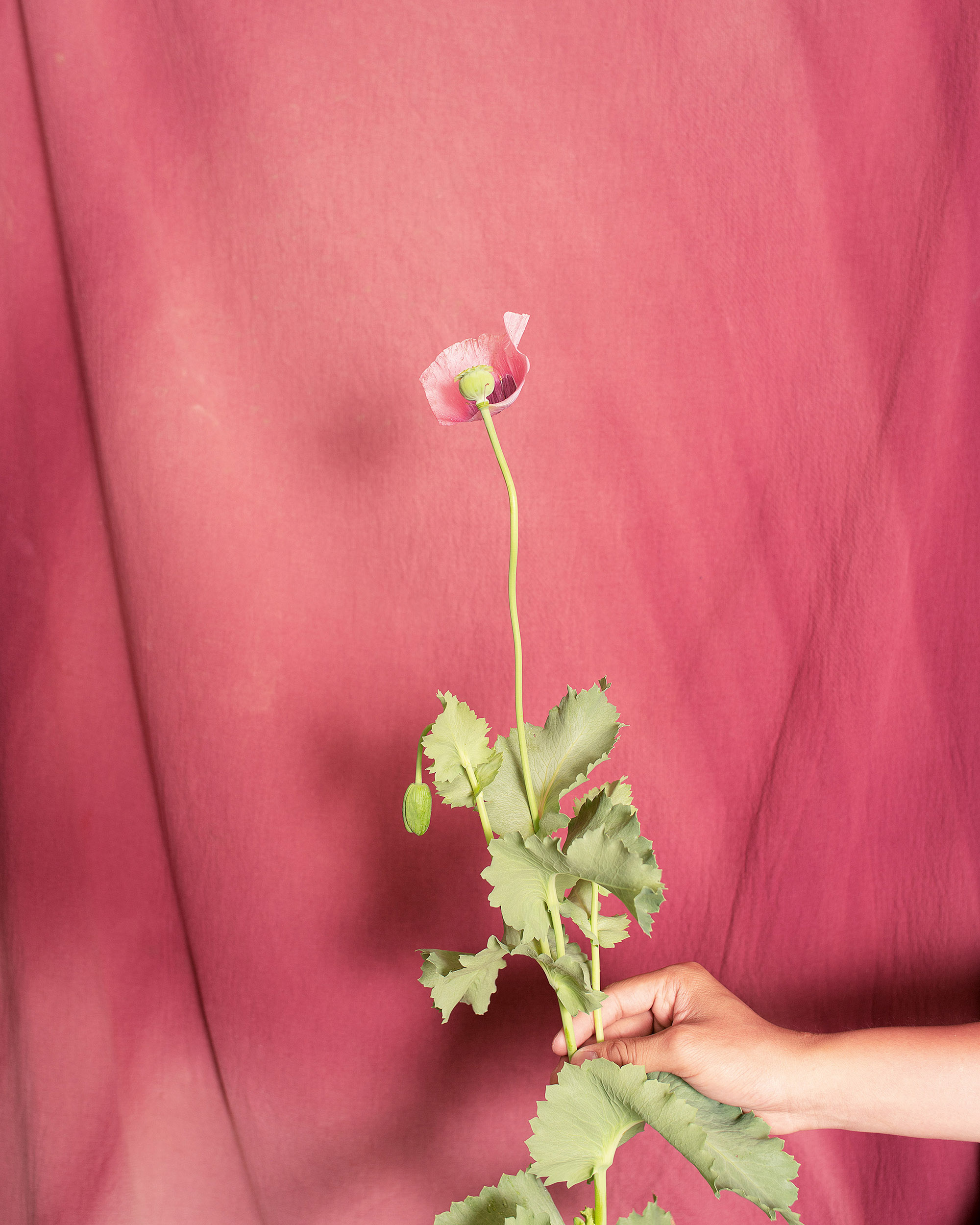
Courtesy the artist

Pao Houa Her: My grandfather turned into a tiger…and other illusions (2024)
Pao Houa Her’s debut monograph presents a deeply personal exploration of the fundamental concepts of home and belonging. A recipient of the 2023–24 Next Step Award, Her creates compelling and personal narratives grounded in the traditions and contemporary metaphors of the Hmong diasporic community. Throughout her images, the artist draws from myriad sources: apocryphal family lore, portraits of the artist and her community, and reimagined landscapes in Minnesota and Northern California that stand in for Laos.
My grandfather turned into a tiger brings together four of the artist’s major series, reflecting her keen perspective on the boundary between authenticity and imitation, stating that photography is “a truth if you want it to be a truth.”
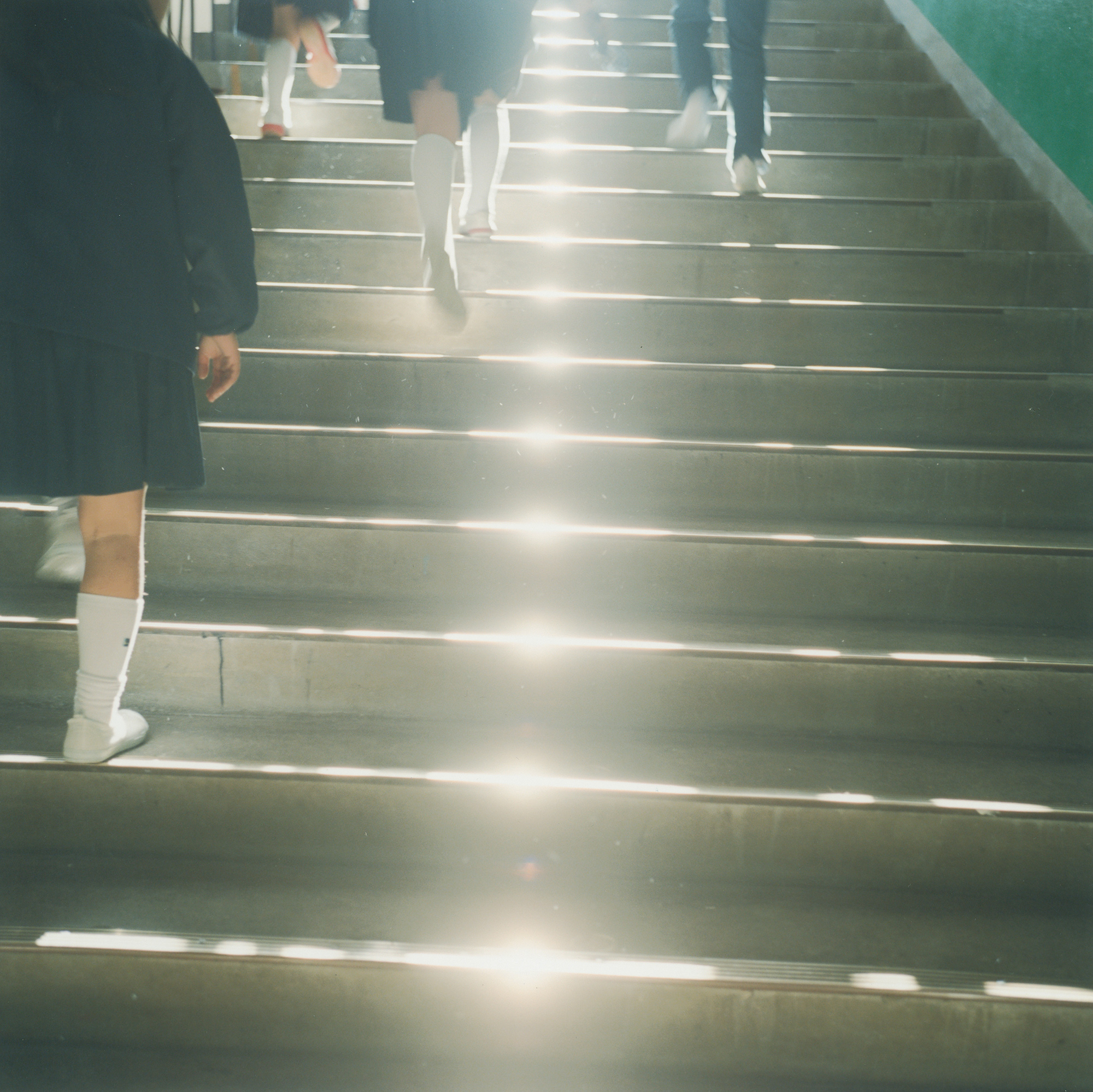
Courtesy the artist
Rinko Kawauchi: Illuminance (2021 Edition)
In her images of keenly observed gestures and details, Rinko Kawauchi reveals the mysterious and beautiful realm at the edge of the everyday world. For Kawauchi, the act of photographing is less a way of referring to the appearance of everyday reality than it is about evoking the luminous openness that exists when the boundaries between things become blurred. As Kawauchi describes, “I want imagination in the photographs—a photograph is like a prologue. You wonder, ‘What’s going on?’ You feel something is going to happen.”
In 2021, ten years after its original publication, Aperture published a new edition of Kawauchi’s beloved photobook, retaining the artist’s original sequence alongside new texts by David Chandler, Masatake Shinohara, and Lesley A. Martin that contribute new context to and perspective on Kawauchi’s influential work.

Justine Kurland: Girl Pictures (2020)
The North American frontier is an enduring symbol of romance, rebellion, escape, and freedom. At the same time, it’s a profoundly masculine myth: cowboys, outlaws, Beat poets. Photographer Justine Kurland, known for her idyllic images of American landscapes and their fringe communities, sought to reclaim this space with her now-iconic series Girl Pictures. Made between 1997 and 2002, Kurland’s photographs stage scenes of teenage girls as imagined runaways, offering a radical vision of community and feminism.
Kurland portrays these girls as fearless and free, tender yet fierce. They hunt and explore, braid each other’s hair, swim in sun-dappled watering holes. Kurland imagines a world at once lawless and utopian, an Eden in the wild. “I wanted to make the communion between girls visible, foregrounding their experiences as primary and irrefutable. I imagined a world in which acts of solidarity between girls would engender even more girls,” writes Kurland. “Behind the camera, I was also somehow in front of it—one of them, a girl made strong by other girls.”
Collect a special signed book and print bundle of Justine Kurland: Girl Pictures.
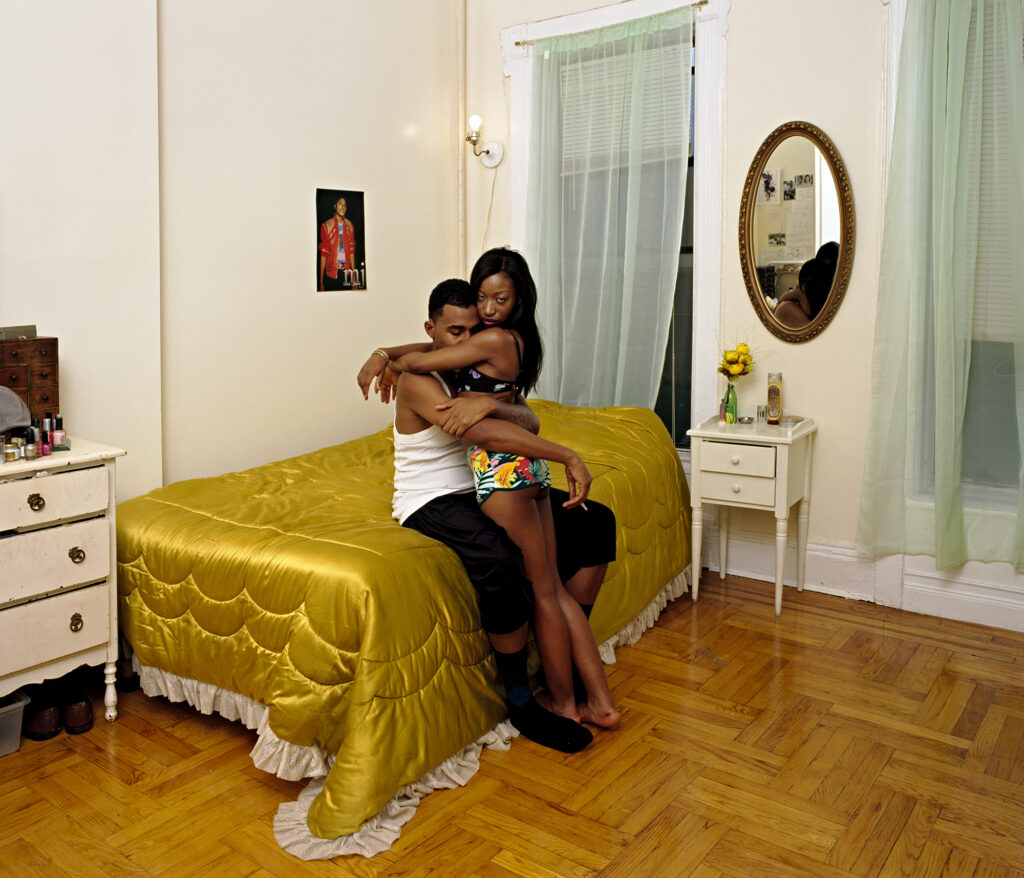
Courtesy the artist
Deana Lawson: An Aperture Monograph (2018)
Deana Lawson has created a visionary language to describe identities through intimate portraiture and striking accounts of ceremonies and rituals. Using medium- and large-format cameras, Lawson works with models throughout the US, Caribbean, and Africa to construct arresting, highly structured, and deliberately theatrical scenes. Signature to Lawson’s work is an exquisite range of color and attention to detail—from the bedding and furniture in her domestic interiors to the lush plants and Edenic gardens that serve as dramatic backdrops.
Aperture published the artist’s first book, Deana Lawson: An Aperture Monograph, in 2018. In 2020, Lawson became the first photographer to be awarded the Hugo Boss Prize. One of the most compelling photographers of her generation, Lawson portrays the personal and the powerful. “Outside a Lawson portrait you might be working three jobs, just keeping your head above water, struggling,” writes Zadie Smith in an essay for the book. “But inside her frame you are beautiful, imperious, unbroken, unfallen.”
Collect a limited edition of Deana Lawson: An Aperture Monograph featuring a special slipcase and custom tipped-on C-print.
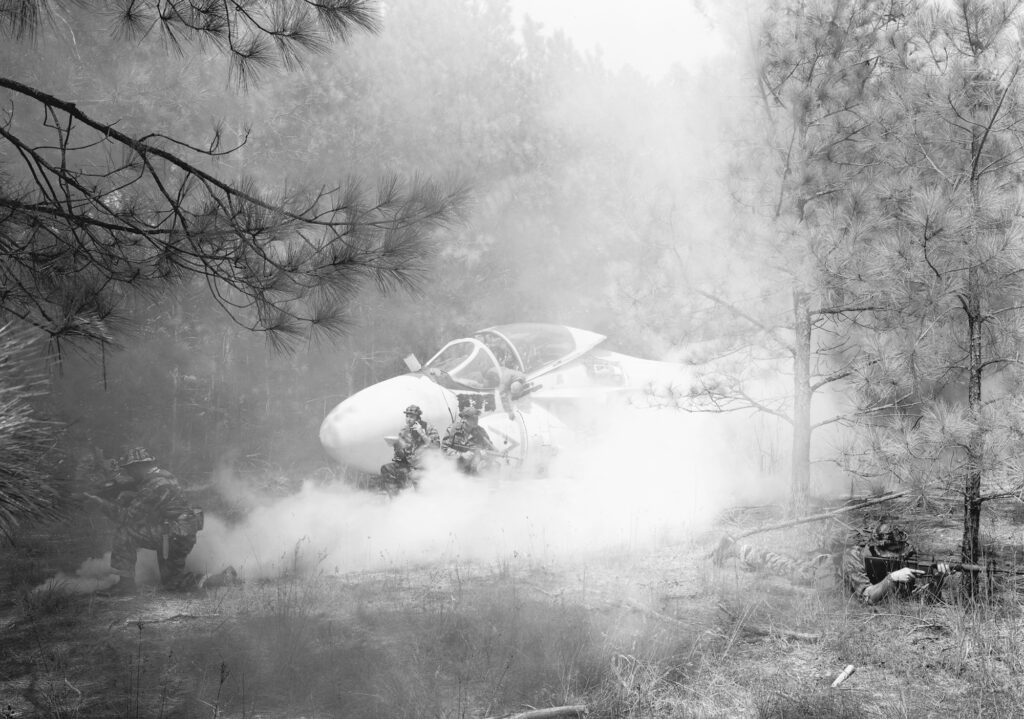
Courtesy the artist
An-My Lê: On Contested Terrain (2020)
Throughout her thirty-year career, An-My Lê has used photography to examine her personal history and the structures and legacies of US military power. Lê was born in Saigon in 1960 and evacuated with her family to the United States in 1975. Part of a lineage of artists who have adapted the conventions of landscape photography to explore how conflict has long informed American history and identity, Lê’s work has brought her to photograph former battlefields—spaces reserved for training for or reenacting war—and the noncombatant roles of active service members.
On Contested Terrain is the first comprehensive survey of Lê’s career, featuring her well-known series Small Wars, 29 Palms, and Events Ashore, alongside and the artist’s most recent photographs from the US-Mexico border. “Lê’s photographs are balanced, quiet, and nuanced works of art that offer the viewer an opportunity for contemplation,” Dan Leers writes. “She invites us to examine our own perception of, and involvement in, war as something that is not straightforward or clear-cut.”
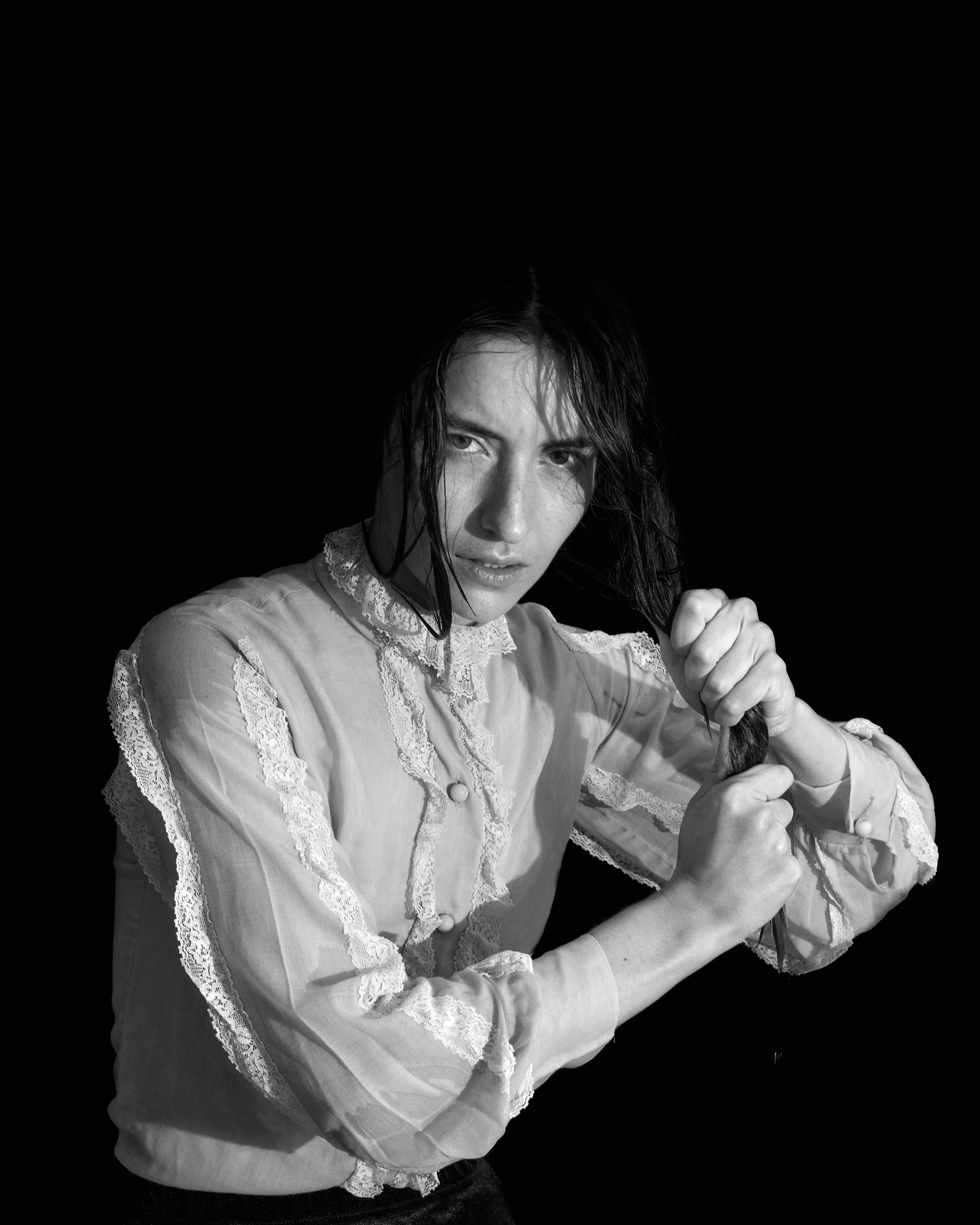
Courtesy the artist
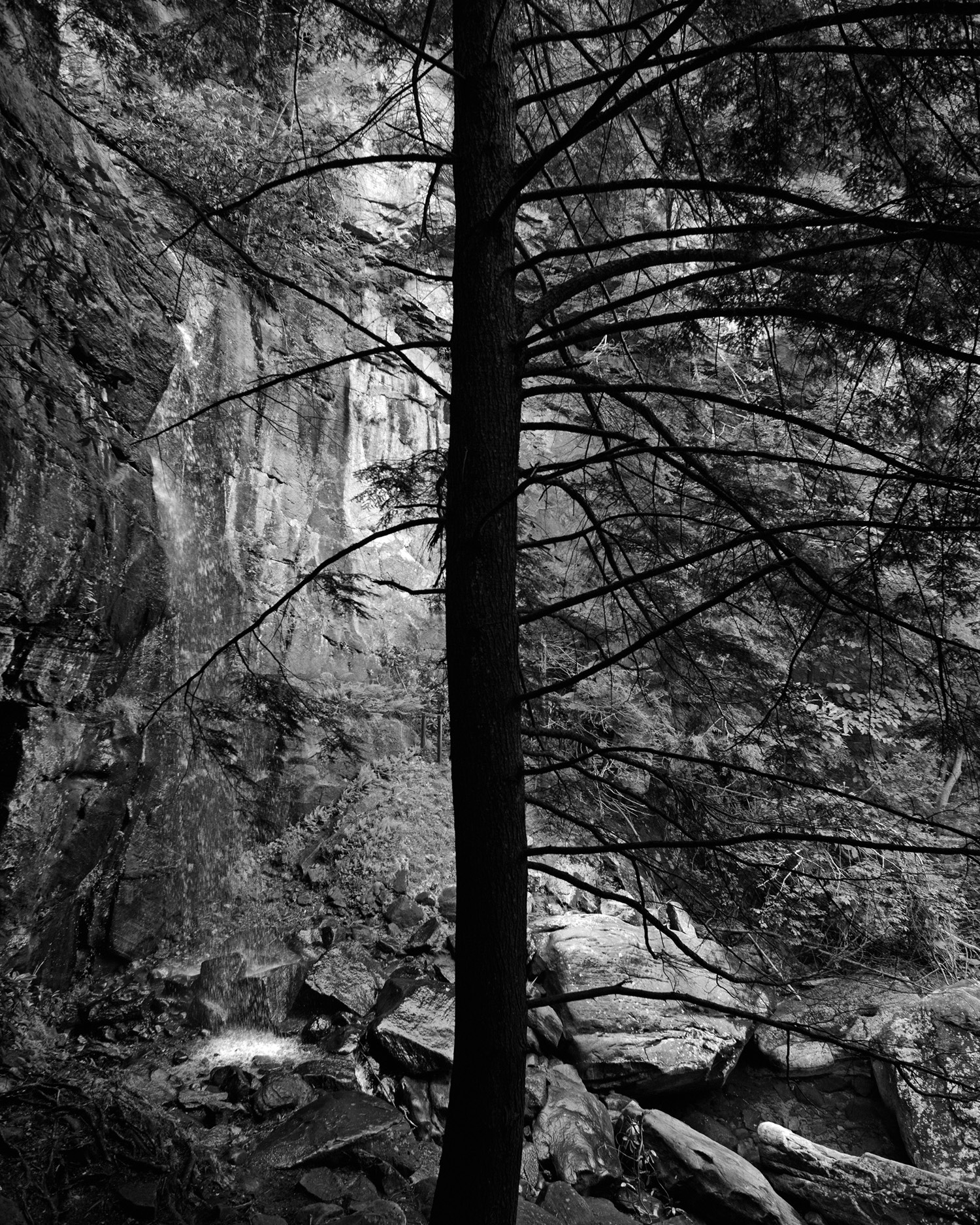
Kristine Potter: Dark Waters (2023)
Kristine Potter’s dark and brooding photographs reflect on the Southern Gothic landscape of the American South as evoked in the popular imagination of “murder ballads” from the nineteenth and twentieth centuries. In the American murder ballad (which has grown a cult appeal and continues to be rerecorded today), the riverscape frequently doubles as a crime scene. Places like Murder Creek, Bloody Fork, and Deadman’s Pond are haunted by both the victor and the violence in the world Potter conjures.
The artist’s seductive, richly detailed black-and-white images channel the setting and characters of these songs—capturing the landscape and creating evocative portraits that stand in the oft-unnamed women at the center of these stories. The resulting volume, Dark Waters, reflects the casual popular glamorization of violence against women that remains prevalent in today’s cultural landscape. As Potter notes, “I see a through line of violent exhibitionism from those early murder ballads, to the Wild West shows, to the contemporary landscape of cinema and television. Culturally, we seem to require it.”
Collect Kristine Potter’s limited-edition print Pearl, 2019, from Dark Waters.
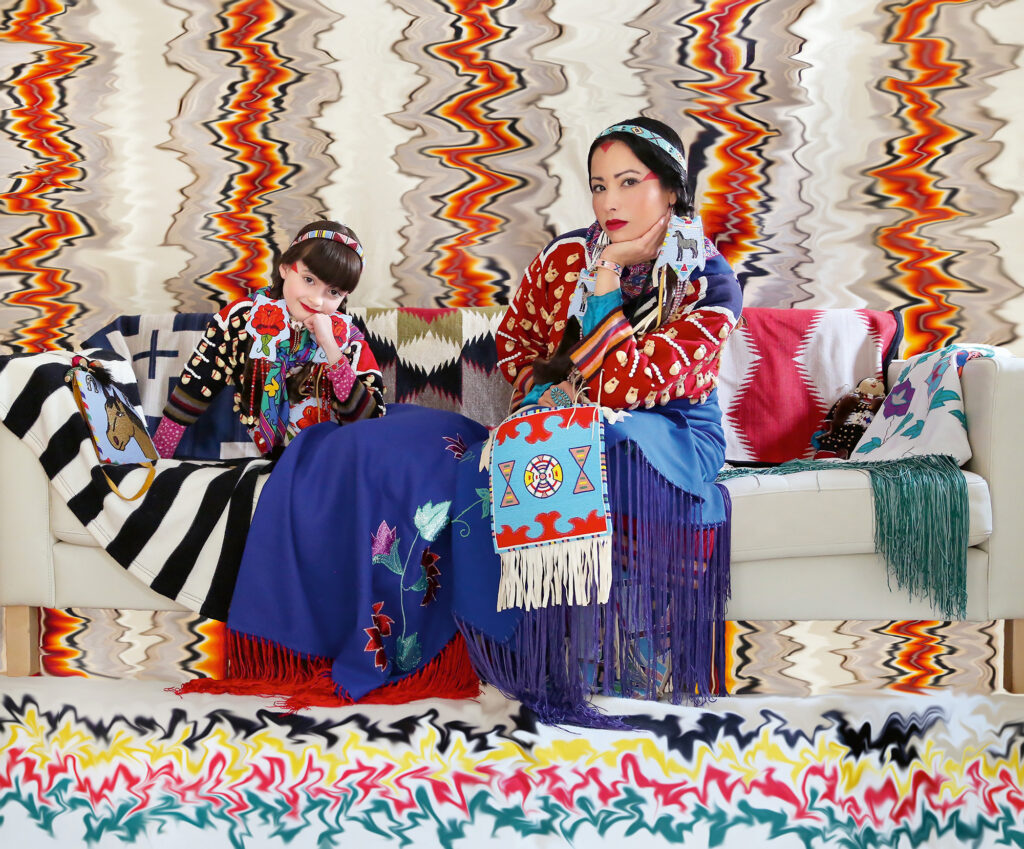
Courtesy the artist
Wendy Red Star: Delegation (2022)
In her dynamic photographs, Wendy Red Star recasts historical narratives with wit, candor, and a feminist, Indigenous perspective. Red Star (Apsáalooke/Crow) centers Native American life and material culture through her imaginative self-portraiture, vivid collages, archival interventions, and site-specific installations. Whether referencing nineteenth-century Crow leaders or 1980s pulp fiction, museum collections or family pictures, she constantly questions the role of the photographer in shaping Indigenous representation. The artist’s first major monograph, Delegation, is a spirited testament to the intricacy of Red Star’s influential practice, gleaning from elements of Native American culture to evoke a vision of today’s world and what the future might bring.
See here to browse the full collection of featured titles
